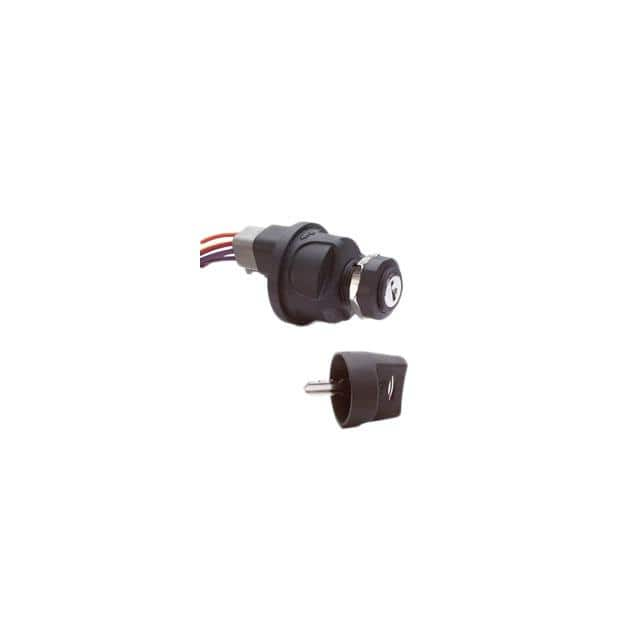
Littelfuse / Commercial Vehicle Products
Littelfuse provides essential components for a wide range of applications utilizing electrical energy, spanning from consumer electronics to automotive and industrial sectors. With an extensive portfolio of circuit protection products, they are recognized for their leading presence in the industry. Additionally, Littelfuse is actively diversifying into related markets as part of their strategic approach to foster organic growth and make strategic acquisitions. These new markets encompass power semiconductors, heavy-duty switches, magnetic, optical, electromechanical, and temperature sensors, as well as solutions for secure electrical power control and distribution.
Rotary Switches
Results:
3
Series
Current Rating (Amps)
Number of Positions
Termination Style
Actuator Type
Mounting Type
Voltage Rating - DC
Contact Timing
Index Stops
Contact Finish
Actuator Length
Circuit per Deck
Voltage Rating - AC
Contact Material
Features
Operating Temperature
Key Removable Positions
Number of Poles per Deck
Panel Cutout Dimensions
Angle of Throw
Circuit
Depth Behind Panel
Switch Function
Number of Decks
Results remaining:3
Applied Filters:
Littelfuse / Commercial Vehicle Products
About Rotary Switches
Rotary switches are mechanical devices that are specifically engineered to manage multiple electrical circuits by utilizing the rotation of a shaft. Through manual or mechanical interaction with the switch, electrical contacts are engaged or disengaged, thus enabling the establishment or disconnection of a series of electrical connections.
The selection of rotary switches is based on various factors such as the number of positions, the number of decks, poles per deck, mounting type, contact circuit configuration, throw angle, actuator type, and current and voltage ratings. The number of positions indicates the different settings or options available within the switch, while the number of decks refers to the individual switching stages within the device. Poles per deck signifies the number of separate circuits that can be controlled by each stage.
Mounting type is an important consideration, as it determines how the switch is physically installed or mounted in a device or system. Contact circuit configuration relates to the arrangement and connection of the electrical circuits within the switch. The throw angle describes the range of motion of the switch's actuator during operation.
Actuator type refers to the mechanism used to initiate the switch's movement, which can be accomplished through various means such as a knob, lever, or key. Furthermore, current and voltage ratings are crucial specifications that ensure the switch can handle the necessary electrical loads safely and effectively.
Some rotary switches are equipped with adjustable stops or have the ability to rotate continuously, providing additional flexibility and functionality for specific applications.
In conclusion, rotary switches are essential for controlling multiple electrical circuits via shaft rotation. Their selection depends on factors such as the number of positions, decks, poles, mounting type, contact configuration, throw angle, actuator type, and current and voltage ratings. Additionally, some rotary switches offer features like adjustable stops or continuous rotation to meet diverse application requirements.


